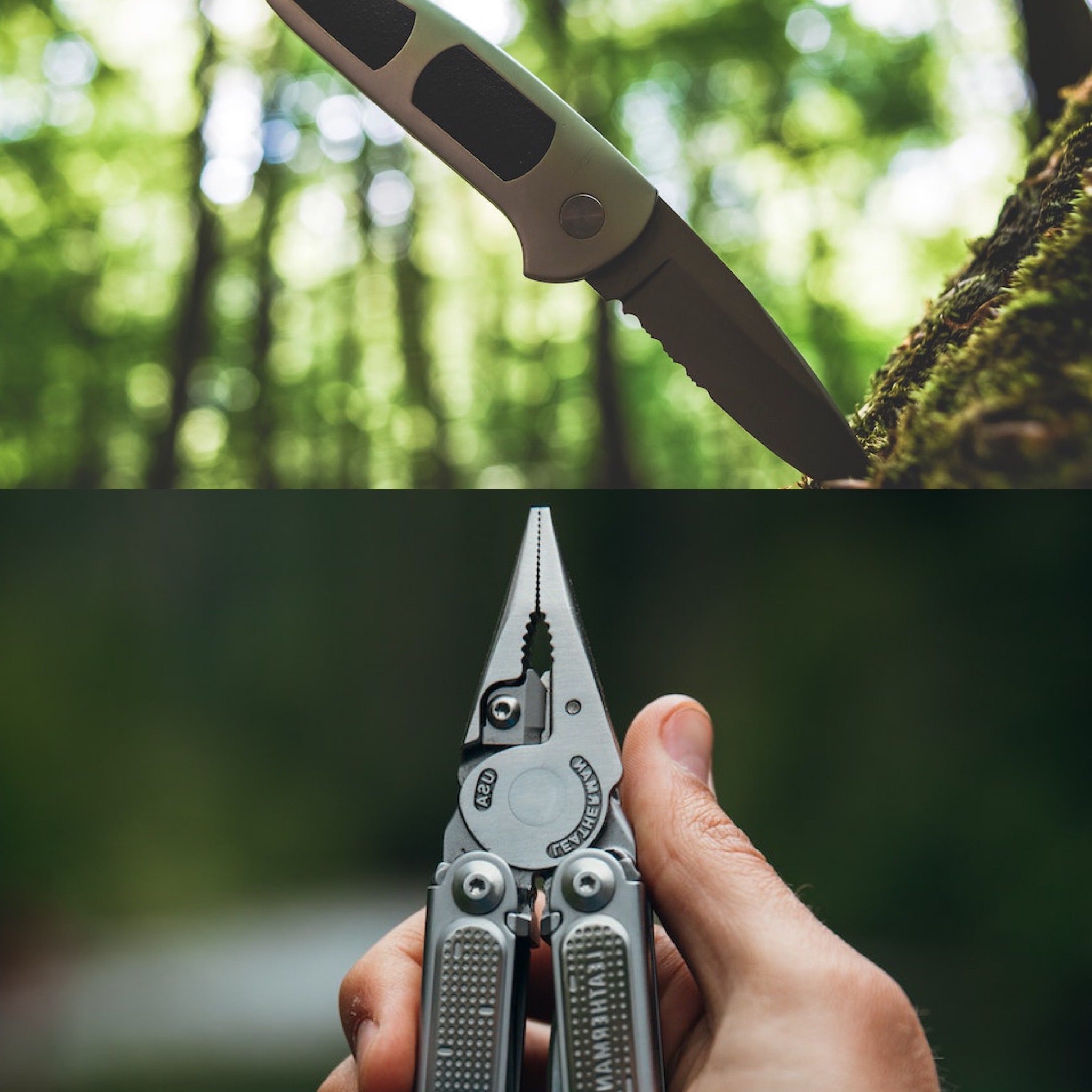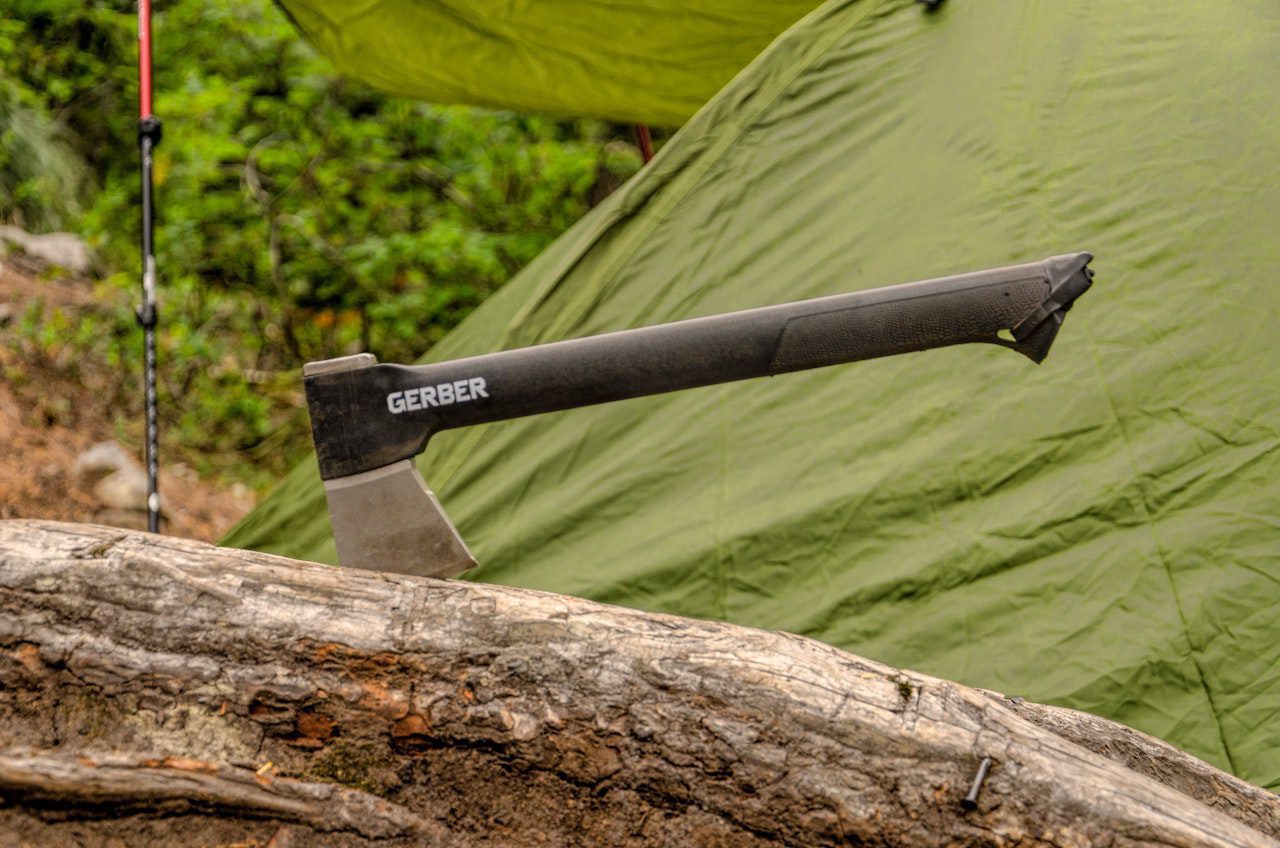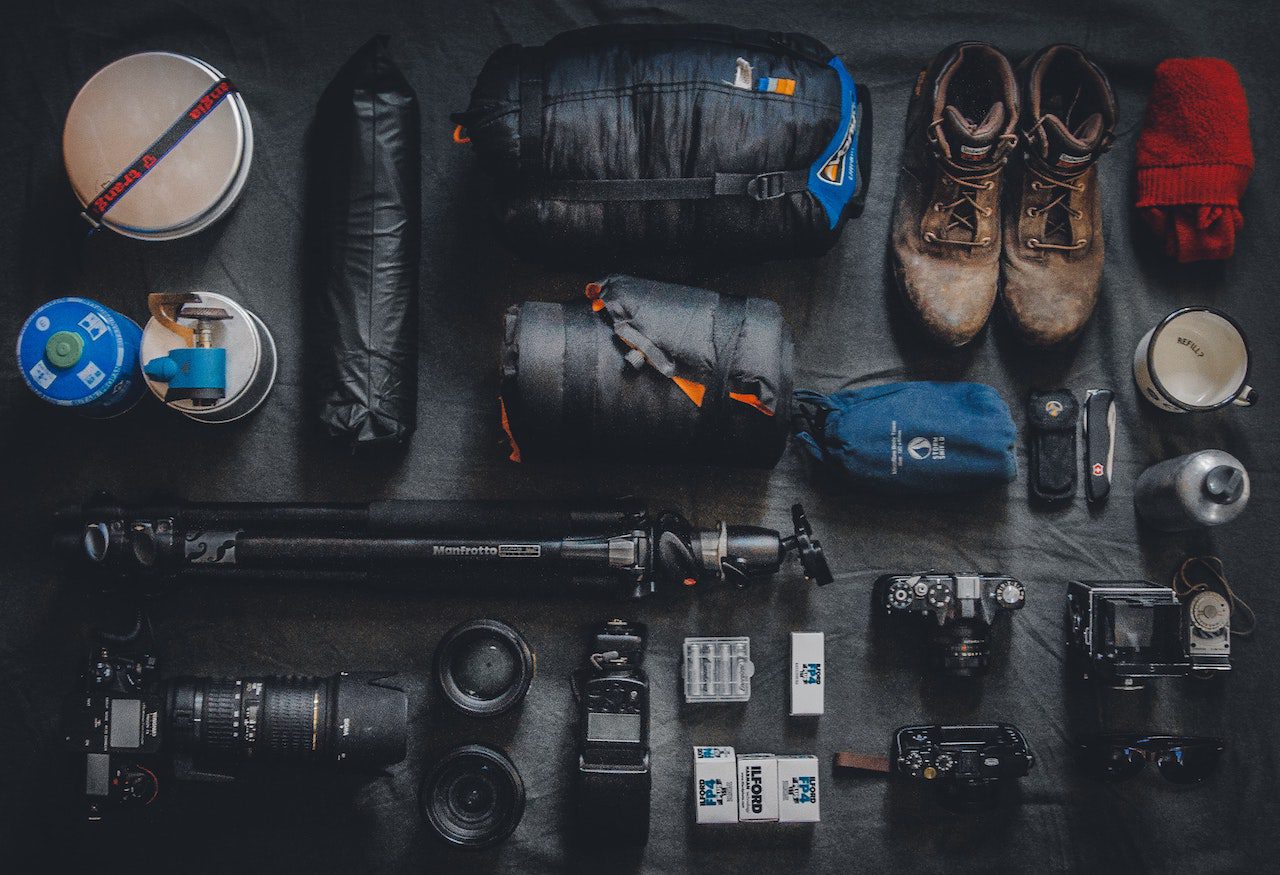
How To Track Your Mileage While Backpacking? (4 Different Ways)
Disclosure: Some links on this page are affiliate links, and if you go through them to make a purchase or a booking, I may earn a commission. Using these links DO NOT affect the cost of the product/booking. The price remains the same affiliate link or not.
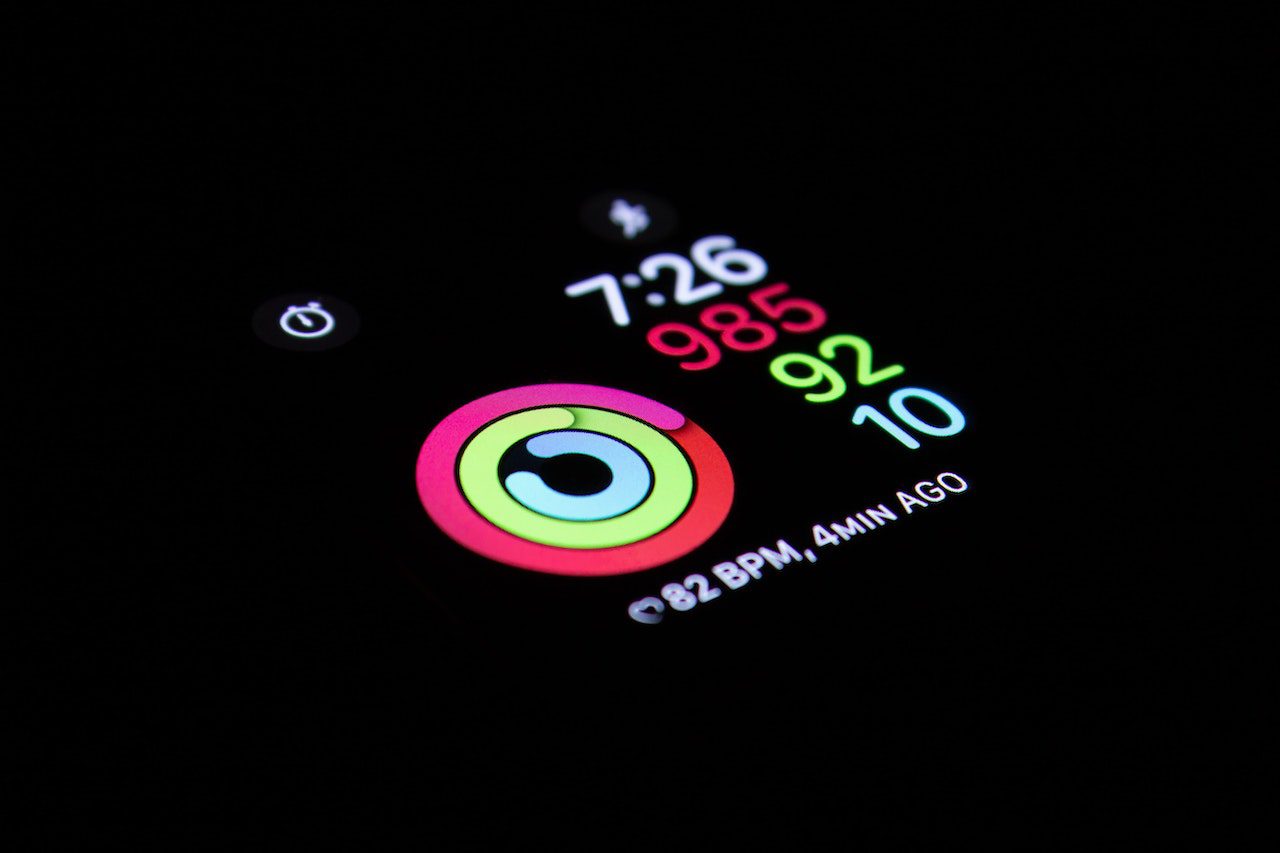
If you are a fitness nerd like myself and obsessed with collecting data points throughout workouts surely the question of how to track your mileage while backpacking has come across your mind at some point. Fortunately for you, there are a ton of different ways to do this! The major ways you can keep track of your mileage while backpacking includes:
Recording your hike through a fitness app or smartwatch
Or
Knowing your mileage before going out on the trail
Keeping Track Of Your Mileage Backpacking Using A Smartwatch:
There are a ton of different smartwatches available on the market that can track your mileage backpacking. But for this article, I am going to focus on the two most common ones.
- Garmin smartwatch
- The Apple Watch
A Garmin Watch
Garmin is a major player in the smartwatch market, with many different models available for purchase. I will specify the details of the Garmin Fenix as it is the watch I use. Garmin watches are designed with fitness and outdoor enthusiasts in mind, so they have great functionality when it comes to hiking or backpacking.
Not only can you track your mileage while backpacking with the Garmin Fenix, but you can also see your:
- Pace
- Elevation profile
- Hiking time
- GPS Location
- Calories burned
- Average heart rate
- Training effect
- And more!
Pros:
- Excellent battery life will last about 14 days while tracking, give or take, depending on the version and other watch features you use while hiking.
- It gives a TON of data points.
- It can sync with other fitness apps such as the apple health app and Strava.
Cons:
- Expensive
- Low screen resolution compared to the applewatch
The Apple Watch:
One of the most popular smartwatches on the market, the Apple Watch has several different features and downloadable apps that can be useful for any backpacker.
To record a hike, you don’t need to download anything extra you can just go to the workout app that comes pre-installed and select “hike.” While tracking with your Apple Watch, you will be recording several data points, including elevation gain, distance, and average heart rate. You can also upload your workouts to different fitness apps such as Strava.
I will say one of the significant drawbacks of the Apple Watch compared to a Garmin Watch has to be the battery life. If you are recording a hike using an Apple Watch on the trail for more than a day it will require additional charges using a power bank, whereas a Garmin watch can last multiple days of continuous tracking without needing a charge.
Pros:
- High-resolution colorful screen
- User friendly
Cons:
- Poor battery life ~6hrs will require a charge when backpacking multiple days
- Fewer data points compared to the Garmin
- Expensive
Recording Your Mileage While Backpacking Using Strava:
The super-popular fitness tracking social media app Strava is an excellent way to track your backpacking mileage. All you need to do with this one is to have the app downloaded on your smartphone and start it when hiking.
You will get helpful data on your hike such as your time hiked, average speed, and of course your total mileage. After recording your hike you can then share it on the social media app to flex with your friends.
Pros:
- Free to download
- Easy to use
- Can flex on your friends
Cons:
- Can only last as long as your phone battery.
- Few data points.
Tracking Your Mileage Backpacking With A Map:
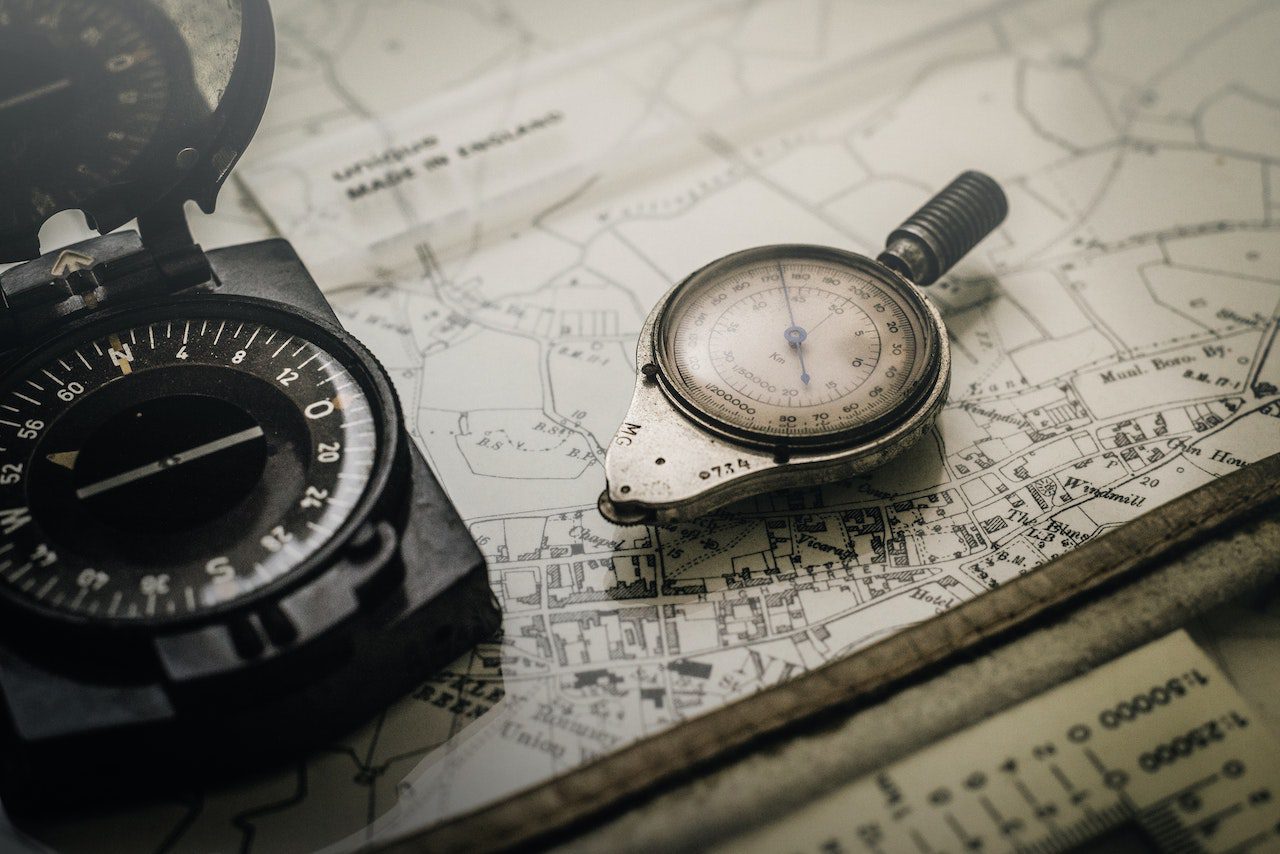
Another way of measuring your backpacking mileage would be by simply mapping your route and elevation prior to your hike (which you should be doing anyway) while it may not be as accurate as using a smart device in tracking your exact mileage and data points t will give you a general overview of how much mileage you covered over the course of your backpacking trip.
Pros:
- Free (other then map expense)
Cons:
- Not as accurate as the above options especially if you are exploring side trails or venture off-trail during your trip
- No other data points. You just get the elevation gain and mileage that you can read on a map.
That's All!
Although tracking your mileage isn’t a necessity for your backpacking trip, it is fun to see how far you hiked and to keep track of your progress as a hiker. Let me know how you track your hikes in the comments section below!



